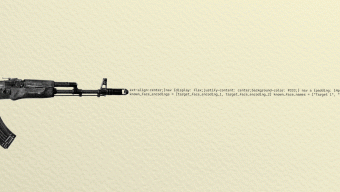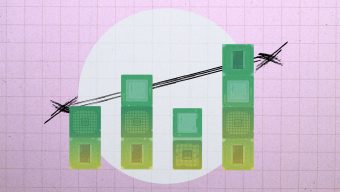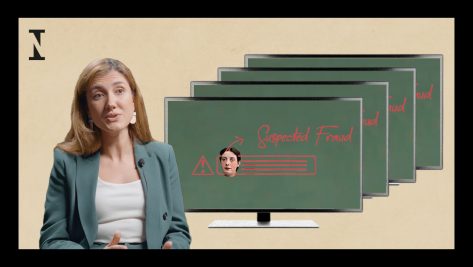Companies now take for granted that information systems and information technology (IS&IT) generate competitive advantages. In recent years, IS&IT and intangible resources like quality and brand have taken center stage, crowding out once-essential resources such as personal contact, low prices, etc., which, on their own, have lost much of their potential in various sectors.
However, it is difficult to measure the importance of IS&IT in organizations. Indeed, the impact of IS&IT varies depending on the sector, the moment, the location, and, in many cases, various elements that go far beyond the technology itself. Numerous studies have documented the so-called “IT paradox”: these technologies can in some cases have a negative effect on a company’s performance.
Organizations need professionals with the knowledge and skills to make more innovative use of technologies.
Differential factors
In order to obtain a true competitive advantage through IS&IT, the dual nature, widespread availability, and commoditization of these technologies must be taken into account. And in order for these three factors to play a truly differential role in a company, certain additional elements—people, in particular—must also be considered. Let’s take a look at these three differential factors:
1. The dual nature of IS&IT
IS&IT are assets as well as enablers of capacities. They can therefore play multiple significant roles simultaneously, and each of these roles has substantial implications for the company’s results and strategic decisions. As assets, IS&IT are resources reflected on the balance sheet that have the potential to contribute to the company’s bottom line. This is the lens through which many companies view technology when assessing its value and amortizing purchases such as computers and software.
However, the effects of IS&IT as enablers of capacities are reflected in the company’s income and on its financial statements, but not on the balance sheet. A company’s IS&IT capacity includes its technological infrastructure, human resources with technical and management skills related to IS&IT, intangible assets such as knowledge and customer orientation, and others assets that make various synergies possible.
2. The widespread availability of IS&IT in the business world
It used to be possible to maintain competitive advantages based on information-technology capacities over the long term. Back then, these advantages were associated with nontrivial learning curves, so competitors had to spend considerable time and effort to catch up. However, given the maturity of most software commonly used in organizations and the widespread availability of services, skills, and development methodologies, a growing number of companies are adopting IS&IT at a faster pace than ever before.
Moreover, these technologies used to be too expensive for many organizations. But nowadays, phenomena such as cloud storage and software as a service have changed the rules of the game.
Competitive advantages developed with these types of resources don’t last very long anymore. To gain an advantage, it is no longer enough to acquire technology before your competitors do; you must also use it differently—an increasingly difficult task, given the third differential factor.
3. The disappearance of the differentiating element derived from IS&IT use
This factor has been disappearing as IS&IT applications have become more standardized and homogenized. This normalization of IS&IT has made it easier for companies to counteract and even overcome their competitors’ capacities. In some cases, the use of certain applications wipes out any differences between firms. Moreover, since many business executives don’t have the time or inclination to weigh in on such matters, companies often end up submitting to the “tyranny” of the processes and methods deemed most appropriate by the system developer or installer.
In order to obtain a true competitive advantage through IS&IT, the dual nature, widespread availability, and commoditization of these technologies must be taken into account.
More innovative use
Nowadays, competitive advantages based on IS&IT have a shorter lifespan and, as many people have argued, can vanish altogether if they are not accompanied by other resources, such as an effective organizational structure, a productive culture, and the necessary skills to leverage information-technology assets to serve the company’s needs. Superior technological capacities must therefore be accompanied by investments in tangible assets, professionals with adequate skills, and entrepreneurial types who can develop better ideas for innovative technology use.
Organizations need professionals with the knowledge and skills to make more innovative use of technologies, which, in and of themselves, are becoming a commodity. As more and more processes are being automated and standardized, it is easy to see that true differentiation depends on a company’s human team.
© IE Insights.











